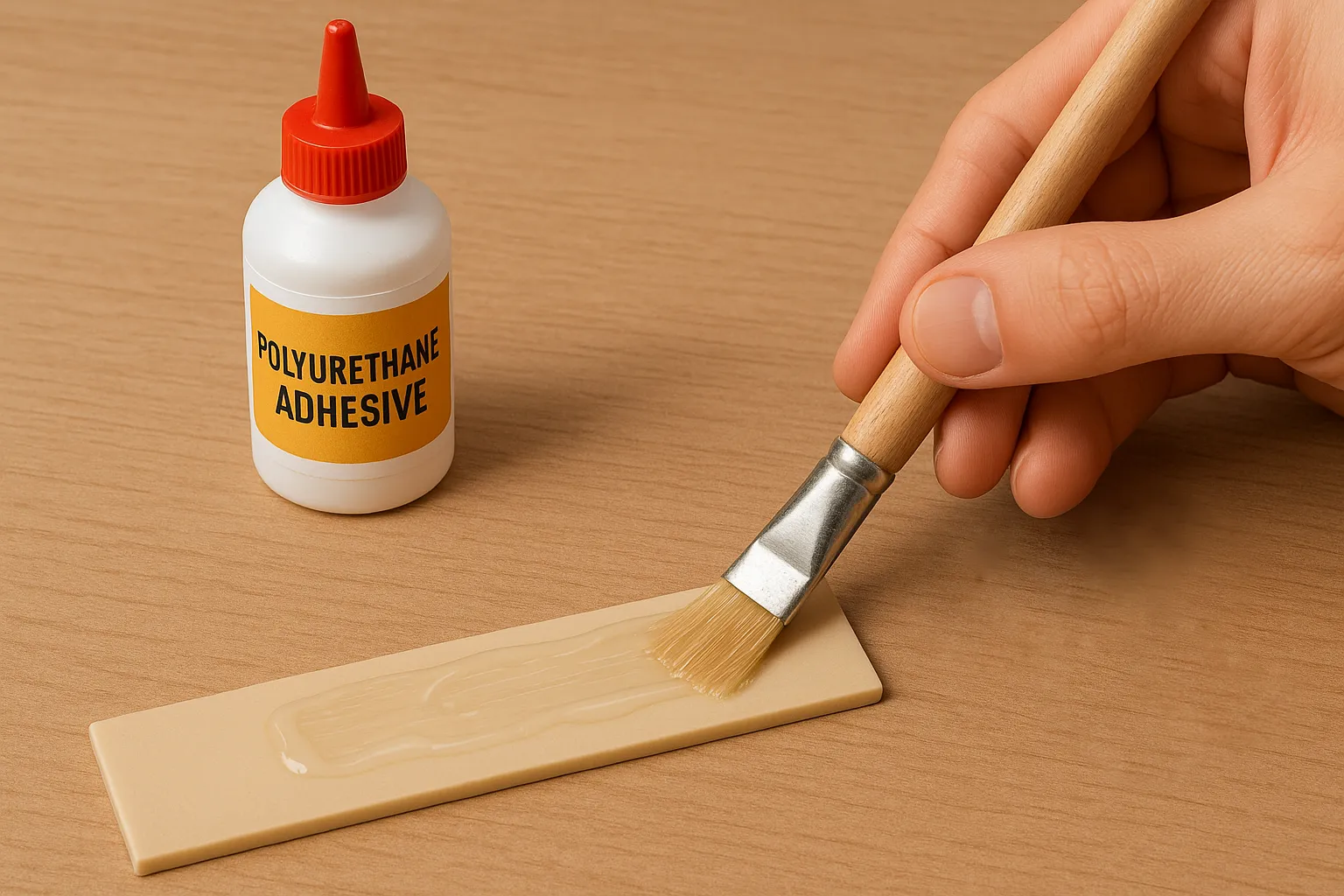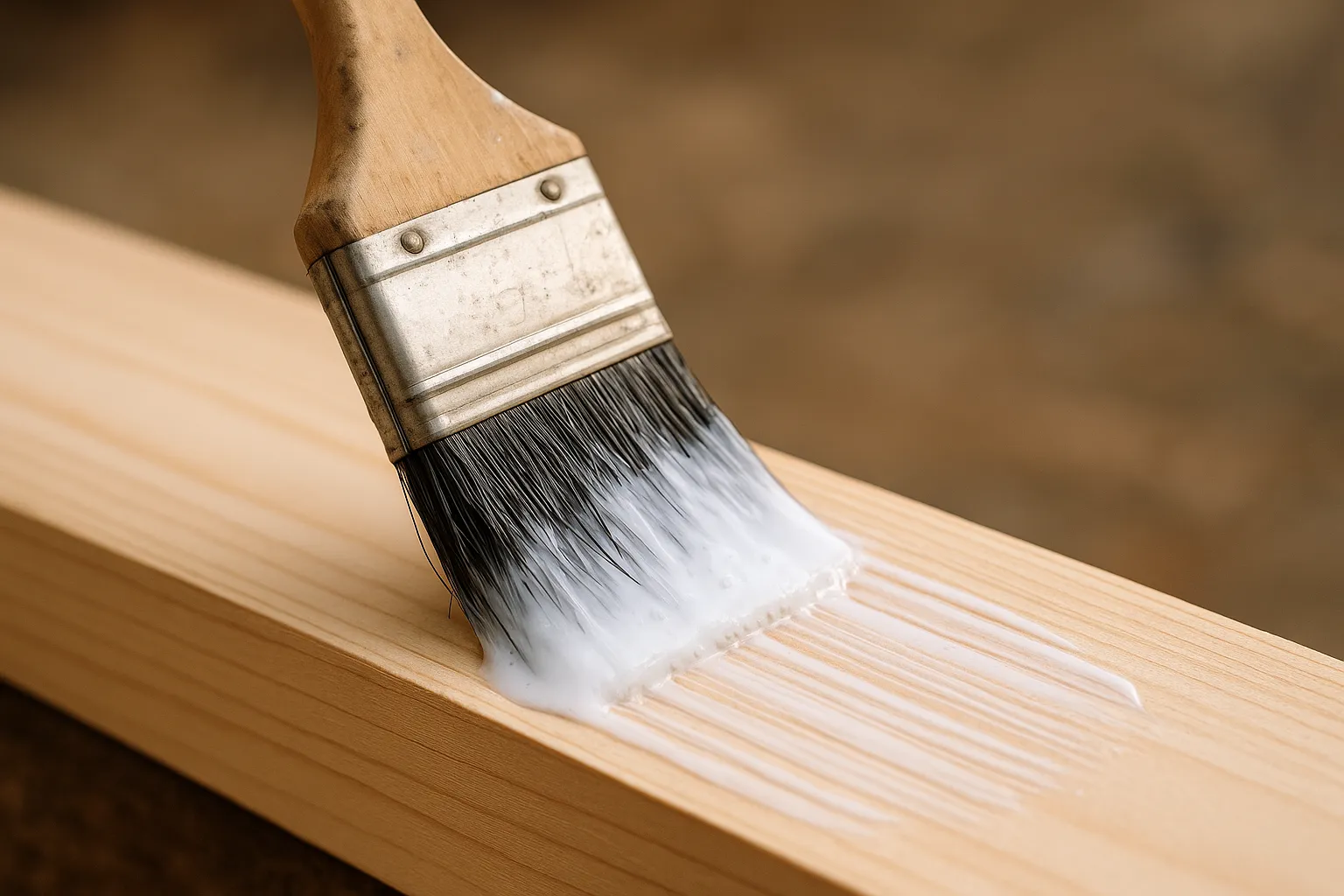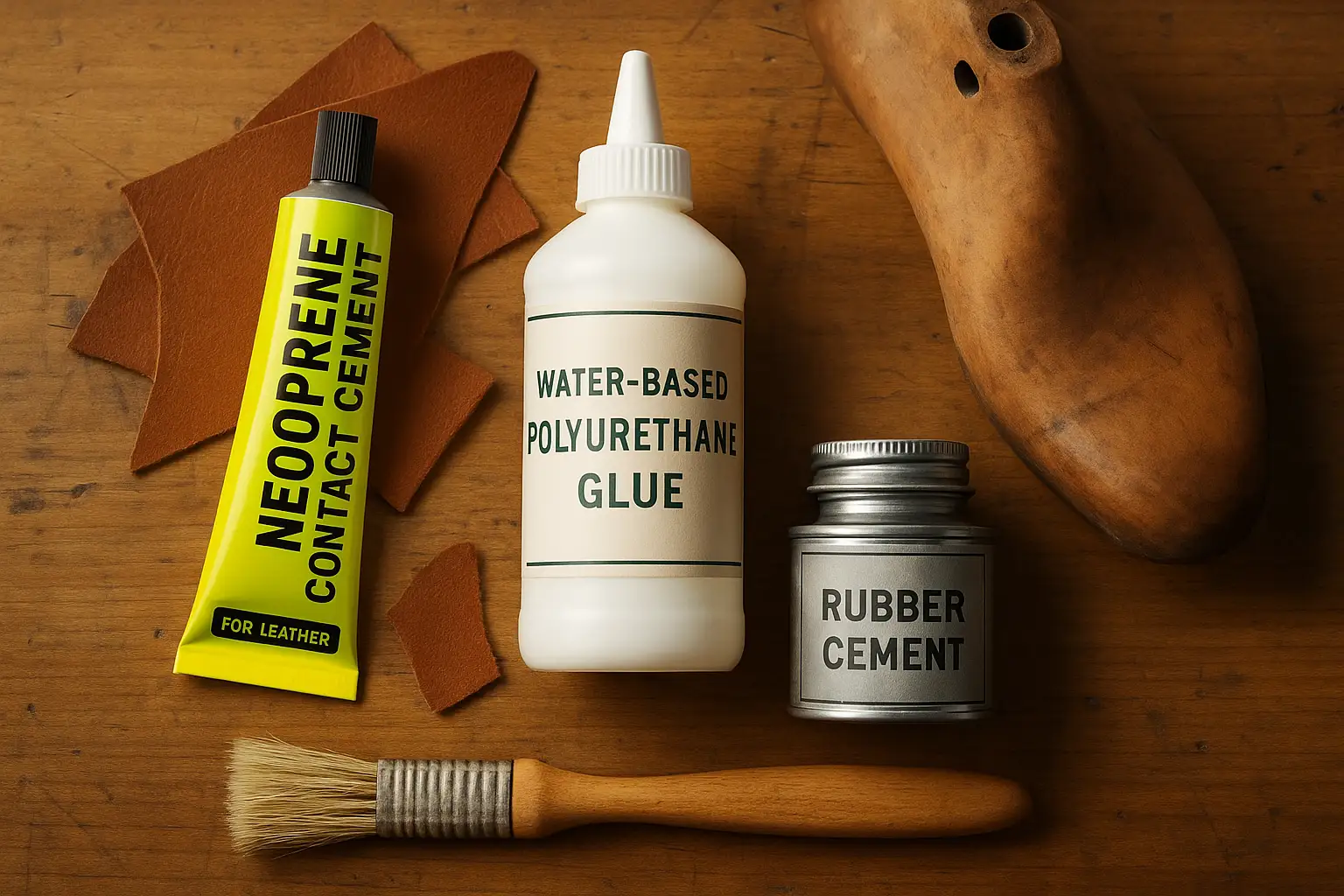When embarking on a project that requires adhesives, choosing the right one can make all the difference. Two popular options are polyurethane and neoprene adhesives. Each has its unique properties, advantages, and best-use scenarios. In this article, we will delve into the characteristics of each, compare their performance, and help you determine which adhesive is best suited for your material and project needs.
This article involves the properties of many adhesives. You can read this article first. It can help you understand the difference between polyurethane and chloroprene glue more easily.
Experiencing Polyurethane Adhesives

Polyurethane adhesive is a versatile bonding agent known for its strong adhesion properties and flexibility. It is commonly used in construction, woodworking, and automotive industries. Here are some key aspects of polyurethane adhesive:
Key Features
Strong Bonding: Polyurethane adhesive creates a robust bond that is resistant to impact, making it ideal for demanding applications.
Flexible: Once cured, it remains flexible, which is beneficial for materials that experience expansion or contraction.
Moisture Resistance: It performs well in moist environments, making it suitable for outdoor applications.
Temperature Tolerance: It can withstand a wide range of temperatures, from cold to hot conditions.
Best Suited For:
Polyurethane adhesive works well with a variety of materials including wood, metal, plastics, and glass. Its ability to adhere to different surfaces makes it a go-to for projects involving mixed materials.
Common Applications
Construction joints, Woodworking and carpentry, Automotive repairs, Outdoor furniture assembly
Exploring Neoprene Adhesive
Neoprene adhesive, also known as contact cement, is another widely used adhesive with unique properties. It is favored for its quick bonding time and strong initial tack. Here are some of its features:
Key Features
Quick Bonding: Neoprene adhesive bonds almost instantly, reducing waiting time during projects.
High Initial Tack: Provides a strong initial hold, which is useful for vertical surfaces.
Heat Resistance: It can resist high temperatures, making it suitable for heat-prone areas.
Waterproof: Offers excellent water resistance once cured.
Best Suited For
Neoprene adhesive is particularly effective for bonding fabrics, leather, rubber, and some plastics. Its quick bonding nature makes it ideal for applications where clamps or fixtures are impractical.
Common Applications
Shoe repair, Upholstery and fabric work, Rubber and leather bonding, Laminating surfaces
Polyurethane vs Neoprene Adhesive: A Comparative Analysis
Now that we’ve explored the individual characteristics of polyurethane and neoprene adhesives, let’s compare them directly based on several critical factors:
Bond Strength
- Polyurethane Adhesive: Known for creating extremely strong and durable bonds, especially beneficial in structural applications.
- Neoprene Adhesive: Offers strong initial tack and is suitable for quick-fix projects but may not be as robust over time under heavy stress as polyurethane.
Flexibility
- Polyurethane Adhesive: Remains flexible after curing, accommodating material movement without compromising the bond.
- Neoprene Adhesive: Less flexible once set, making it more suited for rigid material applications.
Environmental Resistance
- Polyurethane Adhesive: Excellent resistance to moisture and varying temperatures, suitable for outdoor use.
- Neoprene Adhesive: Also moisture-resistant, but its heat resistance makes it ideal for applications exposed to high temperatures.
Application and Cure Time
- Polyurethane Adhesive: Requires a longer curing time, which can vary based on environmental conditions.
- Neoprene Adhesive: Fast-setting and usually bonds upon contact, allowing for quicker project completion.
Ease of Use
- Polyurethane Adhesive: May require precise mixing and application to ensure optimal performance.
- Neoprene Adhesive: Generally easier to apply, especially for small, quick projects.
Making the Right Choice
Choosing between polyurethane and neoprene adhesive depends on your specific project requirements. Consider the following questions to guide your decision:
What materials are you bonding?
Use polyurethane for wood, metal, and mixed materials.Choose neoprene for rubber, leather, and fabric.
What environmental conditions will the adhesive face?
Polyurethane is better for outdoor use and areas with temperature fluctuations.Neoprene excels in high-temperature conditions.
How quickly do you need the adhesive to set?
Polyurethane requires a longer setting time.Neoprene is ideal for fast applications.
Is flexibility important for your application?
Polyurethane maintains flexibility, while neoprene is more rigid once cured.
الخلاصة
Both polyurethane and neoprene adhesives have their strengths and are suited for different applications. Understanding their properties and matching them to your project’s demands will ensure a successful outcome. Whether you need the robust, flexible bond of polyurethane or the quick, heat-resistant hold of neoprene, choosing the right adhesive is key to your project’s success.
Incorporate this knowledge into your next project, and you’ll be well-equipped to make an informed decision. Happy bonding!

